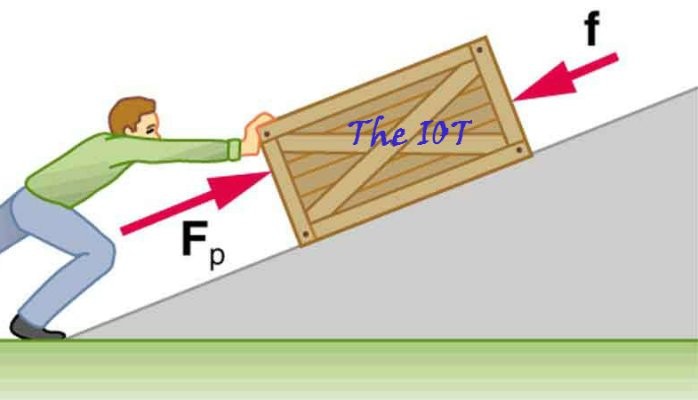The Driving Forces Behind IoT
- 4 minutes read - 743 wordsEverybody in the software industry is talking about IoT in terms of billions of devices, their growth in coming years, changing business models, and adaptation of the IoT in the market. Connecting the things has become so prevalent nowadays, that every software company wants to expand in IoT by building IoT-centric products and services.
There are many industrial applications which connect to sensors and actuators, and can be controlled remotely. They have been around for a long time.
Why Is There so Much Hype About IoT?
Yes, the connected things were already there, but with time, the technology used in connecting the things has been enhanced. IoT is about more than just connecting ordinary things and making them accessible remotely. The “Connected Things” becomes the “Internet of Things” when they are connected to people and their processes. Connected things produce huge amounts of data which can be monitored and visualized remotely, but in the IoT era, this data is analyzed to generate useful insights, build patterns, predict situations, prescribe solutions, and instruct ordinary things to make them self-optimizing.
The IoT is a package of:
- The things with the capability to sense and act.
- Communication protocols to connect the things.
- A platform to collect and store the data from the things, then analyze the data and instruct the connected things to perform optimally.
- A network to connect all the things with the platform.
- Interactive user interface to visualize the data and monitor/control/track the things.

Supporting Forces
The “Connected Things” of past was converted to the “Internet of Things” due to following supportive forces:
- Reliance on software: Software usage is increasing for making the hardware better. Software plays a critical role in a lot of mission critical applications. Many hardware vendors are building embedded software pieces which can be upgraded/enriched later, without really changing the hardware.
- Technology commoditization: Technology is reaching the hand of the common people. We are now living with technology, our basic devices such as phones, watches, tv, washing machines, shoes, etc. are getting smarter every day. Technology is becoming more affordable. Hardware is getting cheaper due to mass production and process enhancement.
- Connection everywhere: Network speed and coverage is increasing. The world is getting closer every day by connecting to the Internet. The Internet is getting cheaper and more accessible. Communication overhead is also getting reduced by using the better protocols, thus data access speed is also increasing.
- More data and more science: Necessity is the mother of invention. The focus on data analytics and science is increasing, as more data is getting generated. Data storage capacity is also increasing with time.
- Rapid development: Companies are investing in frameworks and platforms to build, deploy, and produce the software faster. Cloud services are getting cheaper and easily accessible.
- Increase the revenue by reducing the cost: Enterprises are targeting to increase revenue by reducing cost through predictive maintenance and the use of self-optimizing machines.
- Stay in the race: Based on the predictions of IoT growth by 2020 or so, everybody wants to stay in the race.
Obstacles for IoT Growth
- Lack of standards: Current IoT development is more consensus-based standards. Sets of companies come together and define their own standards, and this leads to the interoperability issues.
- Security tradeoff: IoT devices are smaller, less capable and may not perform well when high-security standards are required.
- Investment: A lot of companies are talking about IoT but very few are really investing. Most companies playing safe by waiting and watching.
- Huge ecosystem: IoT’s technical ecosystem is huge. It involves everything including hardware, network, protocol, software, data science, data storage, mobility, IoT platform, cloud infrastructure, maintenance and integration services. It is really difficult for companies to build such as a huge ecosystem. Companies need to partner with specialists and share their customers and revenue.
- Integration to existing infrastructure: Integrating the IoT tech stack to traditional communication infrastructure is challenging. For example connecting over HTTPS, SSL, SOAP, RDBMS, SFTP for CRM, ERP, ECM portal.
Conclusion
IoT is not new; it has been there for a long time. The “Connected Things/M2M" of the past is today’s IoT with a new set of communication protocols, improved hardware, better data collection, and analytics capability with nice visualization to monitor and interact with IoT devices. There are a lot of forces to keep IoT growing in future, but there are some obstacles too, which need to be crossed by the IoT solution providers.
It was originally published at Dzone and LinkedIn
#guide #iot #fundamentals #connected things #forces #technology